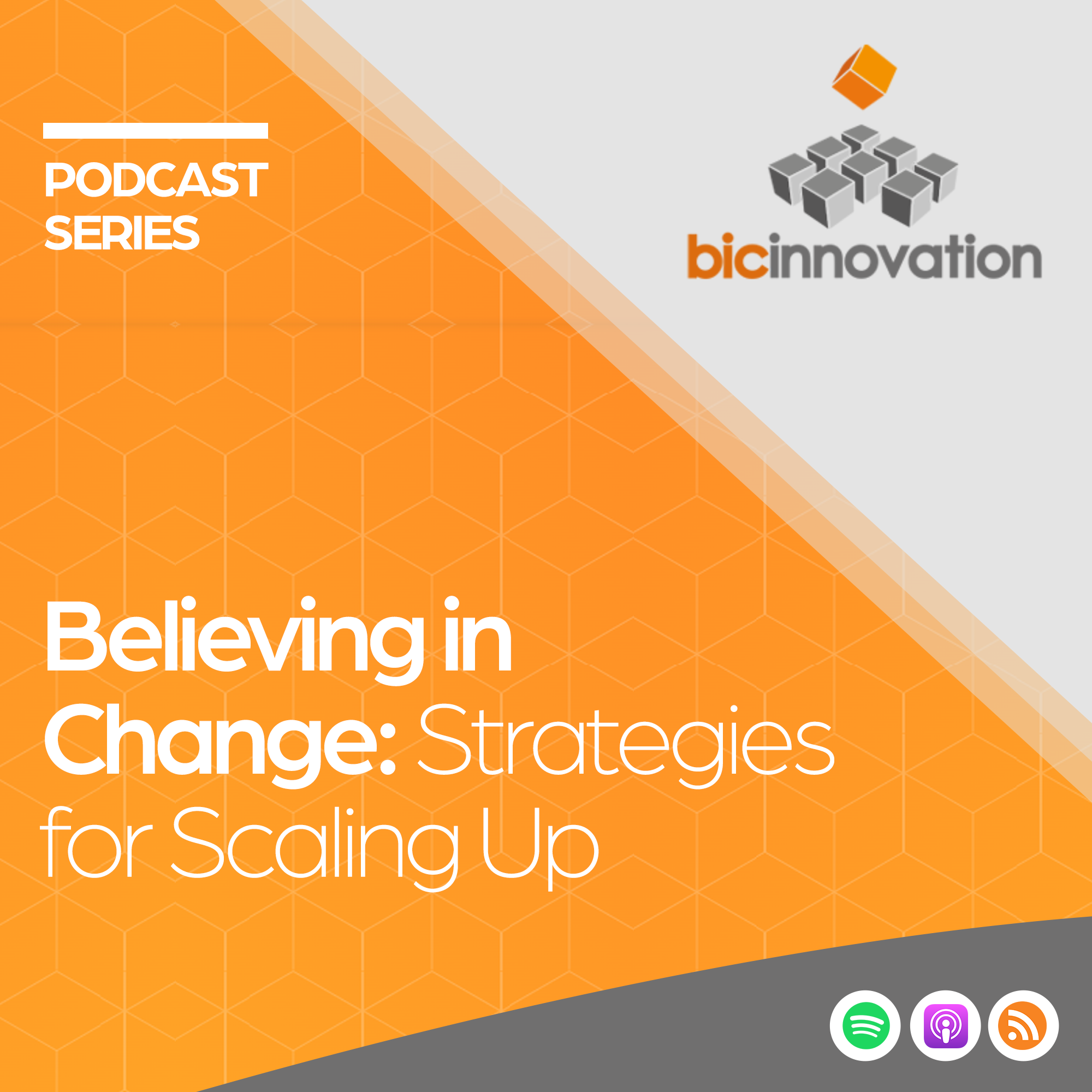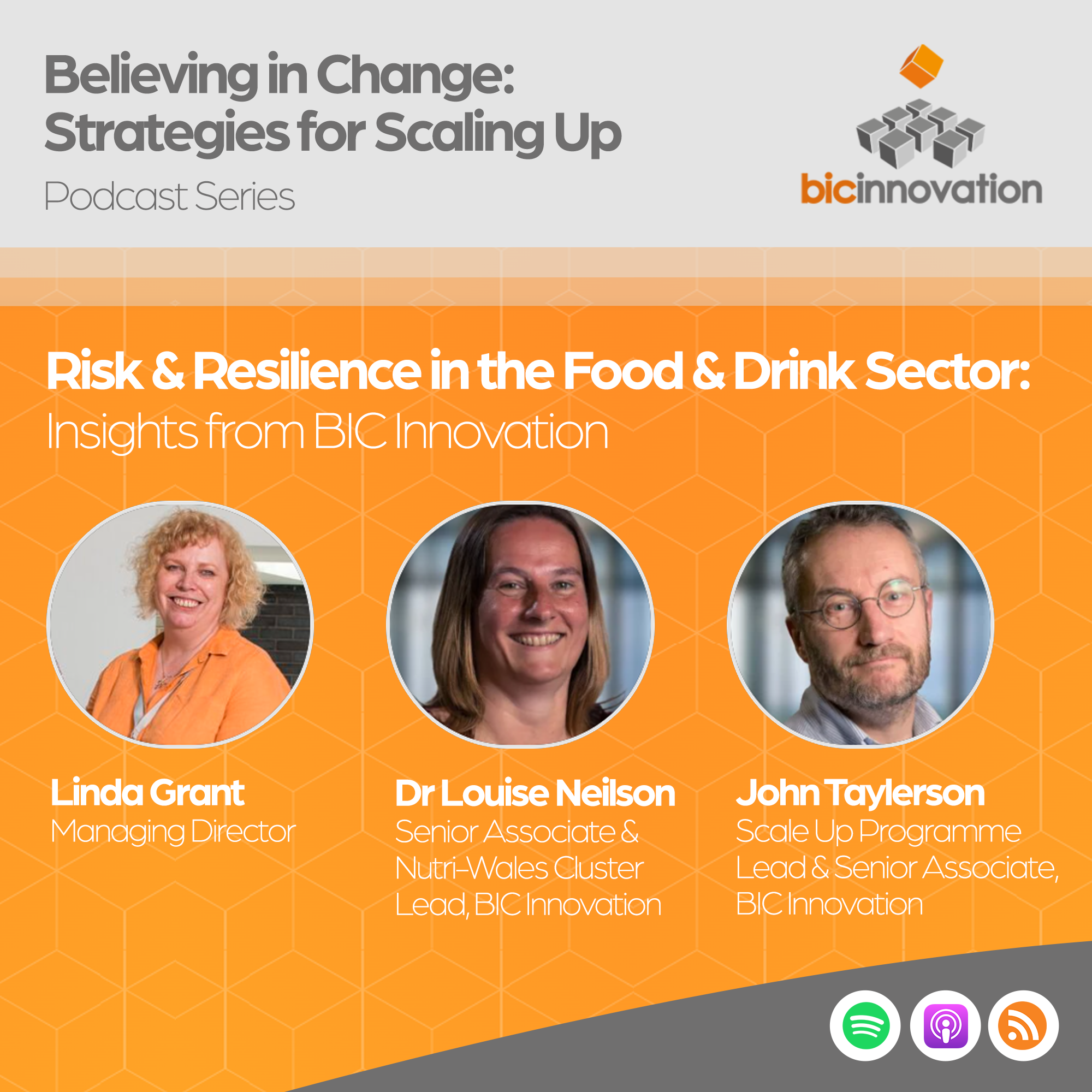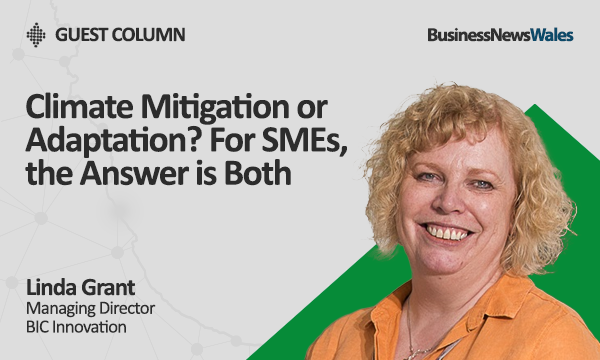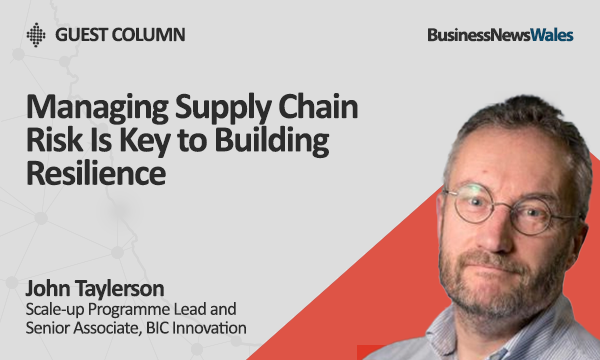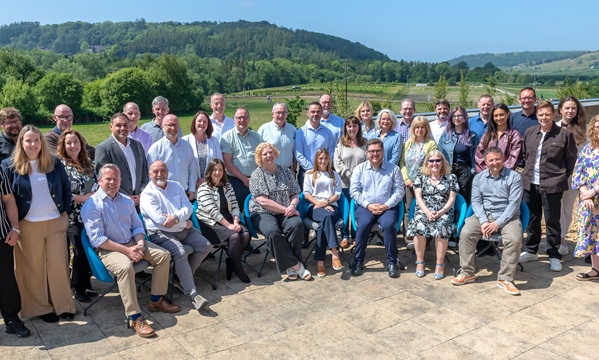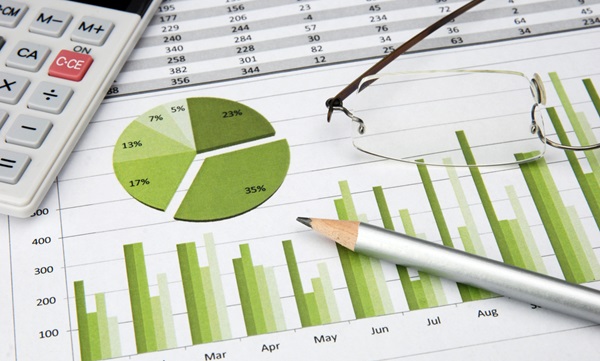
The science is becoming clearer – and harder to ignore. Last year marked the first full year in which global temperatures breached the 1.5°C increase above pre-industrial levels.
Whether that breach becomes permanent remains to be seen, but one thing is already certain: the climate is changing, and businesses are starting to feel the effects.
This summer we’ve all been experiencing those higher temperatures. Alongside that, we’re seeing more intense storms and periods of heavy rainfall. These changes bring a range of risks – some predictable, others less obvious – and all of them require serious consideration from business leaders.
The UK’s Climate Change Committee has identified 61 risks and opportunities arising from climate change, covering everything from soil health and water security to the resilience of our supply chains and the implications for human health. Many of these risks are relevant to Welsh SMEs – especially those in sectors such as manufacturing, logistics and food production, where temperature, energy and water use are central to daily operations.
It’s easy, in the face of this, to focus only on the risk. But we also need to consider what else might lie within that risk because often, it’s the same conditions that create the threat that also present a new opportunity.
In agriculture, we’re already seeing how warmer climates might support different crops. The growth of the Welsh wine industry is a good example. Elsewhere, changes in demand patterns, shaped by temperature and seasonality, are opening up opportunities in product development, supply chain adaptation and even marketing.
In the food and drink sector, where I spend a lot of my time, these shifts are especially visible. We know it’s an energy-intensive industry. Businesses have faced sharp increases in costs and growing scrutiny around carbon use. But in response, many are taking control where they can, investing in solar PV, wind generation, and reviewing water usage more closely.
There are also important lessons to be learned from how demand is changing. During recent heatwaves it’s no surprise that sales of salad, barbecue meats and ice cream soared. Supermarkets are already using weather data to guide merchandising decisions and SMEs in the supply chain should be doing the same. The businesses that can adapt quickly to changes in customer behaviour will have a clear commercial edge.
And it’s not just about what sells – it’s about when. Seasonal patterns are shifting. Data from Nature’s Calendar, a citizen science project, shows that spring now arrives a month earlier than it did in the 1980s. That may seem trivial, but it matters. Ripe blackberries in June instead of August? That changes the timing of supply, production plans and promotional cycles. Product lines may need to be adjusted. Lighter, summer-focused goods might need to be available for longer. That can affect everything from profit margins to packaging choices.
All of this means we need to get better at horizon scanning. Not just looking at what’s happening now, but anticipating what’s coming – how patterns are changing, what customers are likely to want next, and how climate impacts might shape demand and operations.
Taking time to reflect after extreme weather events is also important. A near miss might be a warning sign worth learning from. What would happen if next time it hit closer to home? Would you be ready?
SMEs often face particular challenges when it comes to adaptation. Time and resource are limited, and many are understandably cautious about making the wrong investment, especially when it comes to renewable energy or new technologies. But that’s where support, shared learning and practical demonstrations become so valuable. You don’t need to work it all out from scratch. There are projects and partners across Wales that can help de-risk decisions and point you in the right direction.
In the food sector alone, we’re fortunate to have strong institutions to lean on. The Welsh Government’s Insight Programme offers tailored support for producers. The food centres in Cardiff, Anglesey and Horeb provide valuable product development expertise. And the academic work being done at IBERS, a world-leading centre for research and education in biological, environmental and rural sciences at Aberystwyth University, around crop and livestock resilience could prove vital in shaping the next phase of innovation.
Ultimately, risk and opportunity often go hand in hand. What matters is how we choose to respond. The businesses that are open-minded, willing to look again at what they do, how they do it, and who they can work with, are the ones most likely to find a way through. In this changing world, doing nothing is rarely the safer option.
So my message to SMEs is this: take the time to step back, scan the horizon, and ask what climate change means not just for your risks but for your next opportunity. Because they are often one and the same.
Linda Grant talks about this and more in the BIC Innovation podcast episode From Mine Water to Market Opportunity – Climate Innovation. Listen to the podcast here.


